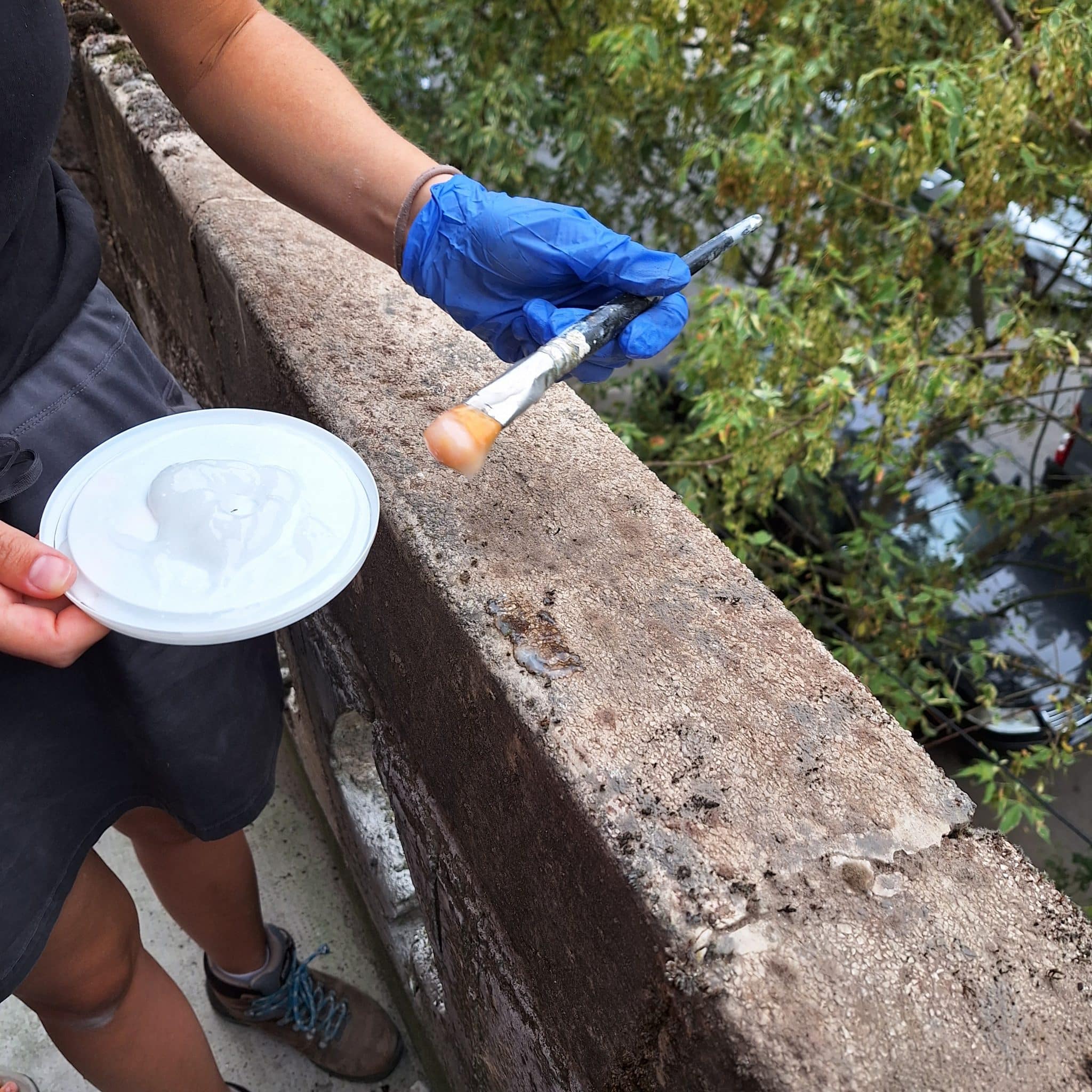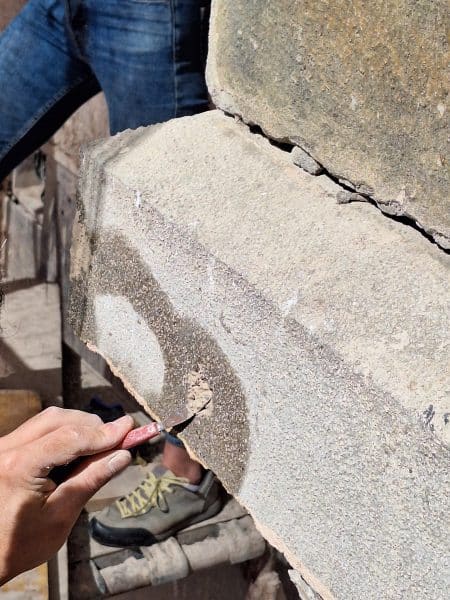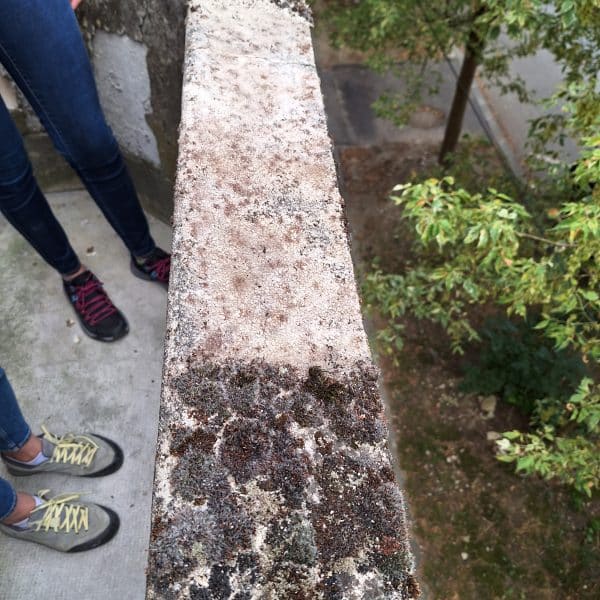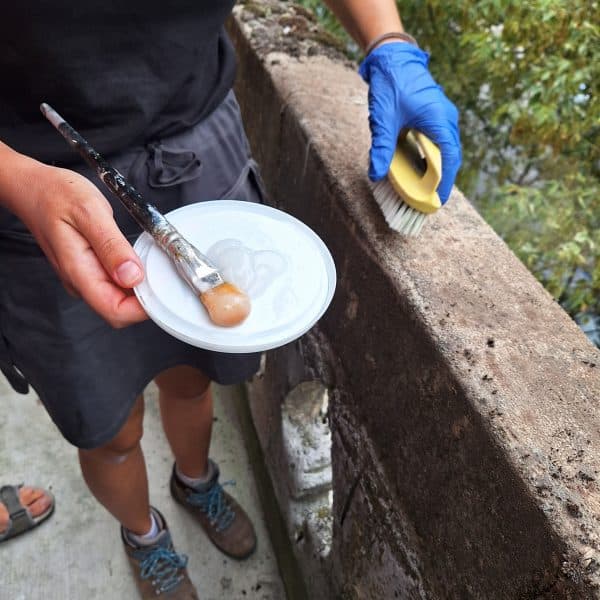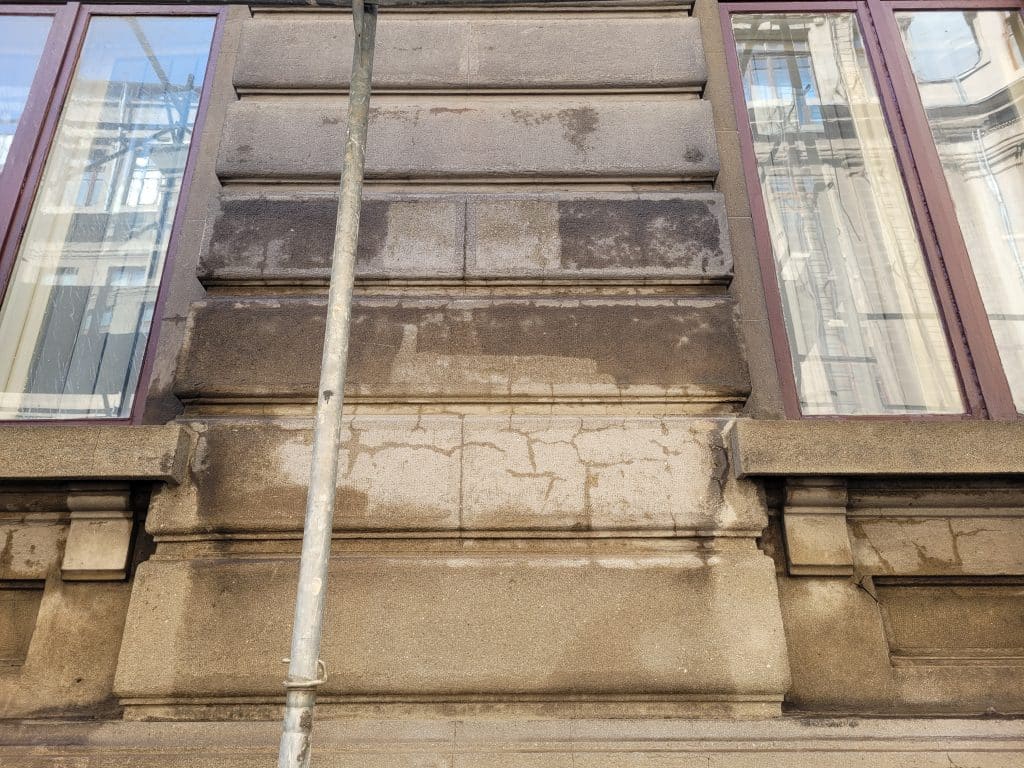25 YEARS IN THE SERVICE OF ROMANIAN HERITAGE AND COMMUNITIES
- PROJECTS
- Heritage education
- George Enescu house
- Practical research. Historical Plasters. Stage 2
- Practical research. Forgotten Textures. Stage 1
- SOS heritage. Civic interventions
- Practical research. Sirineasa Wooden Church Conservation
- The European Heritage Awards / Europa Nostra Awards 2021
- 60 Wooden Churches
- Neamțu Manor
- Golescu – Landscape observatory – Creative Residencies
- Perticari-Davila Manor
- Other projects
- Projects that we like
- Europa Nostra’s voice in Romania
- News
- Who we are
- Become a member
- Get involved
- Tools
- Honest Goods
- Historic Housing
- Newsletter
≡
- PROJECTS
- Heritage education
- George Enescu house
- Practical research. Historical Plasters. Stage 2
- Practical research. Forgotten Textures. Stage 1
- SOS heritage. Civic interventions
- Practical research. Sirineasa Wooden Church Conservation
- The European Heritage Awards / Europa Nostra Awards 2021
- 60 Wooden Churches
- Neamțu Manor
- Golescu – Landscape observatory – Creative Residencies
- Perticari-Davila Manor
- Other projects
- Projects that we like
- Europa Nostra’s voice in Romania
- News
- Who we are
- Become a member
- Get involved
- Tools
- Honest Goods
- Historic Housing
- Newsletter

